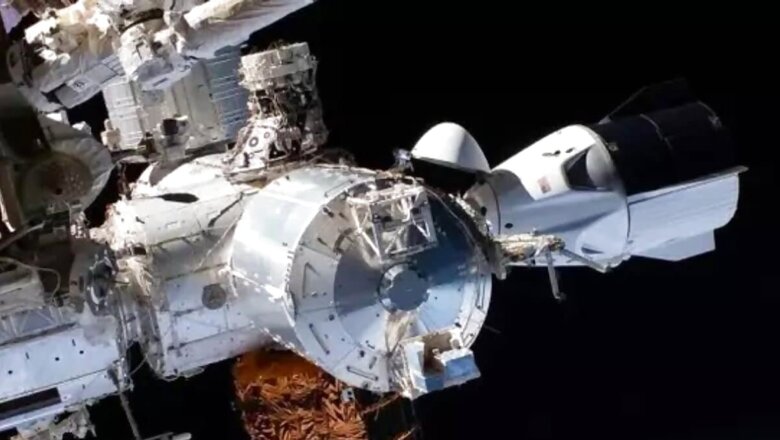
views
What are some of the things that come to your mind when you hear the term “the most expensive thing ever made’? A building like the Burj Khalifa, the Taj Mahal or some giant aircraft. But what if we tell you that none of the seemingly obvious choices are the right answer? The most expensive man-made thing doesn’t even exist on Earth because it’s in Space. The International Space Station (ISS), which costs over $100 billion is the most expensive man-made object.
The Guinness World Records bestowed this title to ISS. On its website, the Guinness World Records described the International Space Station as the “most expensive man-made object,” stating that the building the project cost more than $100 billion. It took more than $150 billion, according to some other sources as well.
But what makes the ISS a technological marvel and why is it so expensive?
Early in the 1980s, the National Aeronautics and Space Administration (NASA) decided to launch Freedom, a modular space station. It was designed as an analogue to the Soviet Salyut and Mir space stations. As the idea was developed, it became apparent that it would be too big to be constructed by one country. Consequently, other space agencies such as the Canadian Space Agency (CSA), the Japan Aerospace Exploration Agency (JAXA), and the Russian space agency Roscosmos joined in.
The ISS was launched into space on November 20, 1998. Originally intended to serve as a low-Earth orbit staging camp for potential future expeditions to the Moon, Mars, and asteroids, the International Space Station was also intended to serve as a factory, laboratory and observatory.
The ISS is very flexible because of its modular design. Its structure is adaptable and can be changed at any time by adding or removing modules. The ISS has many important parts, including a life support system that regulates the environment, supplies food, and water; manages sanitation supplies and fire detection.
Additionally, its essential parts include the research centre, power control modules, and communication systems. It’s interesting to note that millions of dollars are spent annually on upkeep and repairs for this tech marvel floating about in space, meaning that the International Space Station (ISS) grows more costly every year.




















Comments
0 comment